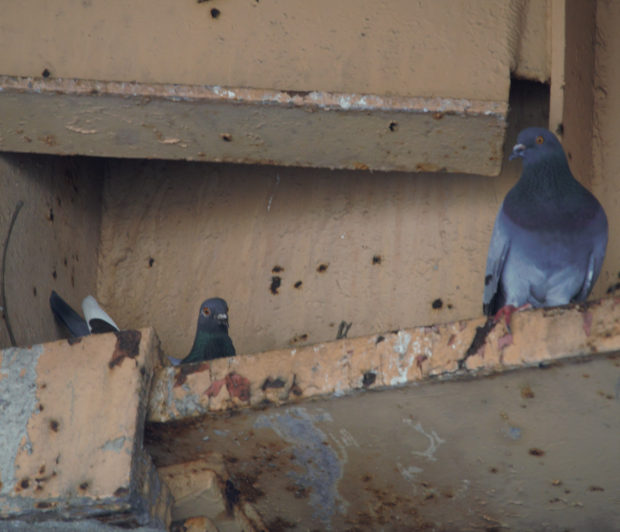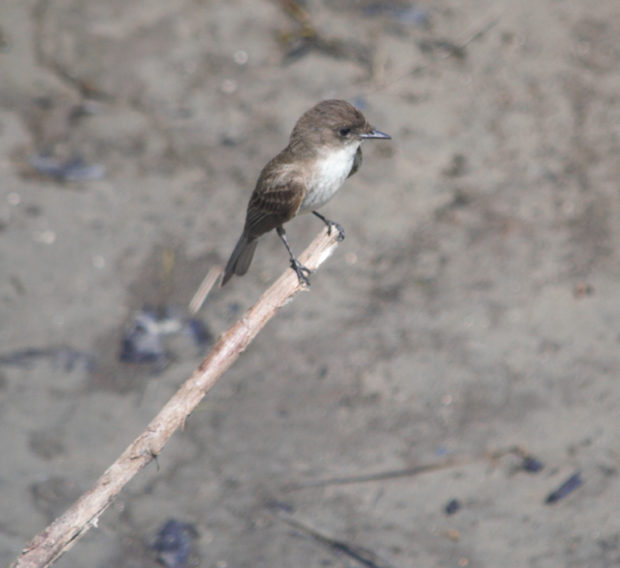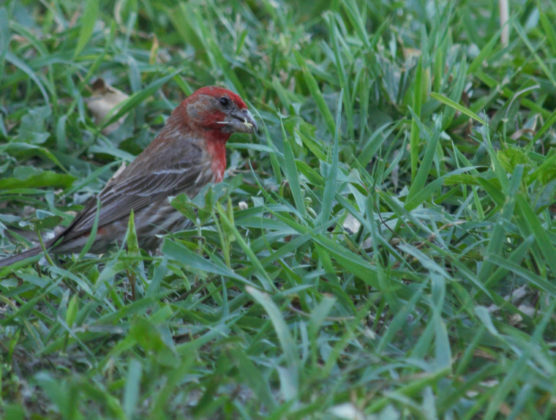You could passively hope to see wild animals, or you could increase the odds by knowing where to find them.
DEER
- If my phone died and a friend wanted to find me, all she would have to do is stand outside my favorite coffee shop and wait. Deer aren’t that different. They have foods they like more than others. Figure out where those grow in your area, and wait (from a respectful distance). Maples, yellow birch, and white pine are a few of their favorites, along with sumac, white cedar, and dogwoods. About 80% of what they eat fits into the category of “woody browse.” They’ll also go for acorns and weeds, apples and pears. Let’s say you’re in a large field. Look toward its edges by the woods. Are the trees missing vegetation that would be within reach of deer? You’re probably in one of their favorite spots.
- In Hartford I’ve seen deer: Cedar Hill Cemetery, Goodwin Park by the golf course, Keney Park, Riverside Park, Main Street and Capitol Avenue intersection, in a giant parking lot between Woodbine and Laurel, in a wooded area between Laurel and Forest, and in the wetlands restoration area between the Park River and I-84 Flatbush ramp. Some of those sightings were totally by chance. Others were not at all surprising because I knew their favorite meals were nearby.
- Deer create trails. Narrow trails, that may seem to disappear into tall grass that’s surely tick-infested.
- Look for their footprints (tracks) in the mud.
- What goes in must come out. If you see little piles of what, from a distance, looks like coffee beans, you’ve found a deer area.
- One more clue: smushed down grass and leaves. Deer can be seen sleeping in all kinds of places, but a bedding area is an obvious sign that they are around.
BIRDS
Birds in general are easier to find than deer, but if you’re looking for a specific kind of bird, you need to know what kind of habitat they prefer. As much as I might like an eagle to land in my front yard, it probably won’t.
-
- The Audubon Bird Guide app lets you search for birds based on location and habitat (and other features, but let’s keep this simple for now); if you want to know what you might find in environmentally degraded areas, go into the app and click “Identify a Bird.” Then set location to Connecticut, date to June (or whatever month it is when you’re reading this), and habitat to “landfills and dumps.” This will tell you what birds gravitate toward those areas. You can get this info from books too, but phones are lighter and more convenient to carry around.
- Also in the app, go to “Explore” and zoom until you’re seeing the Greater Hartford area. Click “Sightings” to see a list of birds that others in this area have reported viewing recently. When you find a bird you think looks interesting, click on it to see the sighting location.
- Another cool feature is the bird “alert” that you can set and get alerted when a particular bird is reported within whatever distance you choose. Mine is set to tell me when people report Baltimore Orioles and Bald Eagles within six miles of my house.

BEAVER
- They’re going to be in and near rivers, ponds, and swamps.
- In Hartford I’ve seen them along/in the Connecticut River, specifically near the island/sandbar north of the train bridge; in ponds along Mark Twain Drive; in the wetlands west of the Keney Park golf course.
- Look for the trees they’ve gnawed on or already felled.
- The dams are another giveaway that nature’s engineers are nearby
- Listen for a loud slapping sound. They do this while swimming. It’s either a sign that they’re playing, or it’s a warning to their other beaver friends.
COYOTE
- Their tracks are similar to that of pet dogs, so good luck with that. What’s more telling is the poop. Nobody’s feeding them Alpo. It’ll have fur/hair in it that you can see without even getting up close and personal with it. Plus, and I never thought I’d be quoting Field & Stream here, “Coyotes are like kids who want to show you their scat. They leave it in the middle of roads, at trail crossings, and other prominent spots. It’s a way of communicating with other coyotes, both within their pack and to intruders.” Coyotes don’t give AF.
- In Hartford, I’ve seen coyote crossing Albany Avenue. I’ve seen coyote standing atop the former landfill, then running down the side, crossing the dike, and disappearing into the woods of Riverside Park. Both locations are close to rivers.
BOBCAT
- They like wooded areas. Look near rivers and streams. They will also wander, nonchalantly, across backyards adjacent to those environments. In the woods and noticing a really big cat, like double or triple Fluffy? Maybe it’s a bobcat.
- I have seen one wandering along the Park River near Woodland Street. A bobcat tracking project noted one in this corridor with a range from around Farmington Avenue to Cottage Grove Road. If you look at the map of sightings, you’ll see that there are few reported in Hartford, possibly because not everyone who sees them officially reports them.
- Their tracks are about 2-3 inches diameter.

ACTIVITIES AND INSPIRATION
The Connecticut DEEP put together a list of 25 things people can do “at home”, whatever that means, during the COVID-19 shutdown. What’s neat about this list is that none of the activities require a person have a sprawling backyard or travel to remote parts of the state.
Recently, Black Birders Week attempted to raise the visibility of black birders following the Central Park harassment incident. A few people to follow for inspiration and fantastic photos:
https://www.instagram.com/p/B-FPKy8AZjG/
https://www.instagram.com/p/BwUsI2djohO/
https://www.instagram.com/p/B-VpbOoA-3T/

Mary Donohue
I’ve also seen deer at Avery Heights on New Britain Avenue.
Linda Pagani
Love your camp. Thanks for this great and comprehensive guide, and for all the links. I’ve yet to see a bobcat on my meanderings through deep or urban woodlands. You’re lucky. And brave.
Richard
I love where I am living now. A very short walk down to South Meadow by the Ct. River. Last fall I saw about 25 wild Turkeys come parading single file down South Meadow Road and down to the river. I’ve seem deer, down there. Across the street under a person’s shed is a new family of ground hogs. When I am out in the flower garden the birds sing me their songs. Poke berry flowers are beginning on the fence and I can wait to see the birds enjoying a free lunch. There are Cardinals, Yellow Finch, Robins, Black Birds, Mourning Doves, Blue Jays and all sorts of other birds. Haven’t spotted any ky-oats around and hope that I don’t. We hear them hollowing sometimes and that is enough for us. I have a Bumble Bee that comes and visits me every time I am out in the garden. We good morning and good afternoon each other, Ms. Bumble and I. Now the mosquitos are calming down we plan on taking a hike again. I want to find the Slippery Elm trees that are listed growing down there. Not sure what we are going to do in the fall, even though it is posted No Hunting, a few jerks go down there and hunt. Thanks for the link on Birds. I am going to check that out.